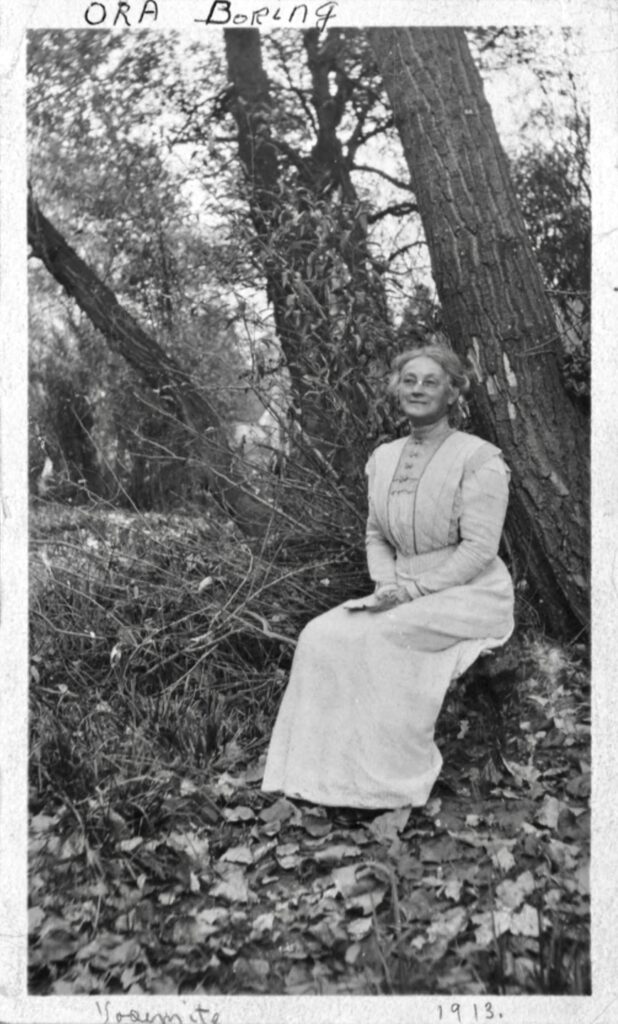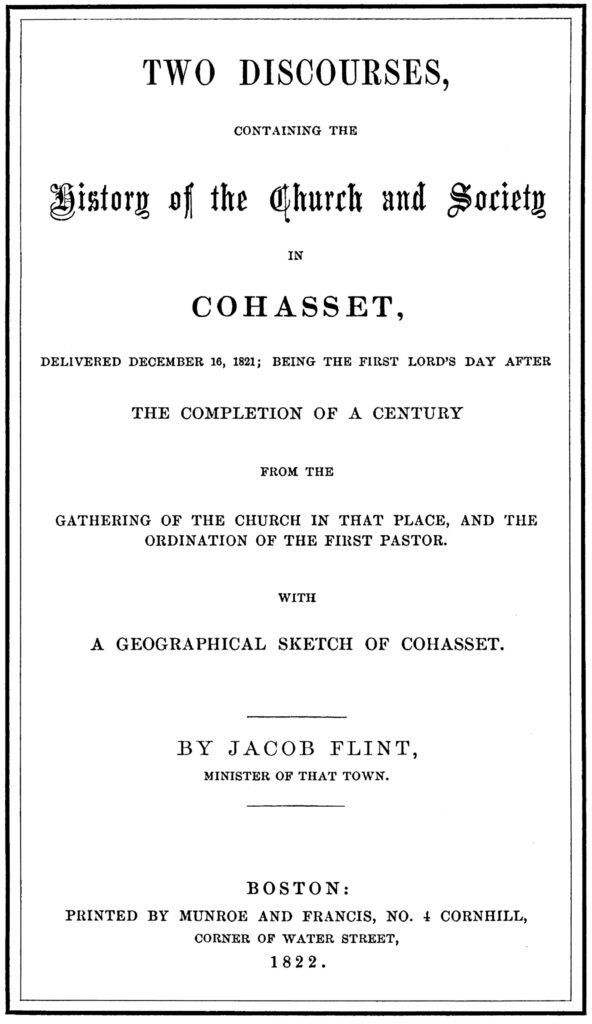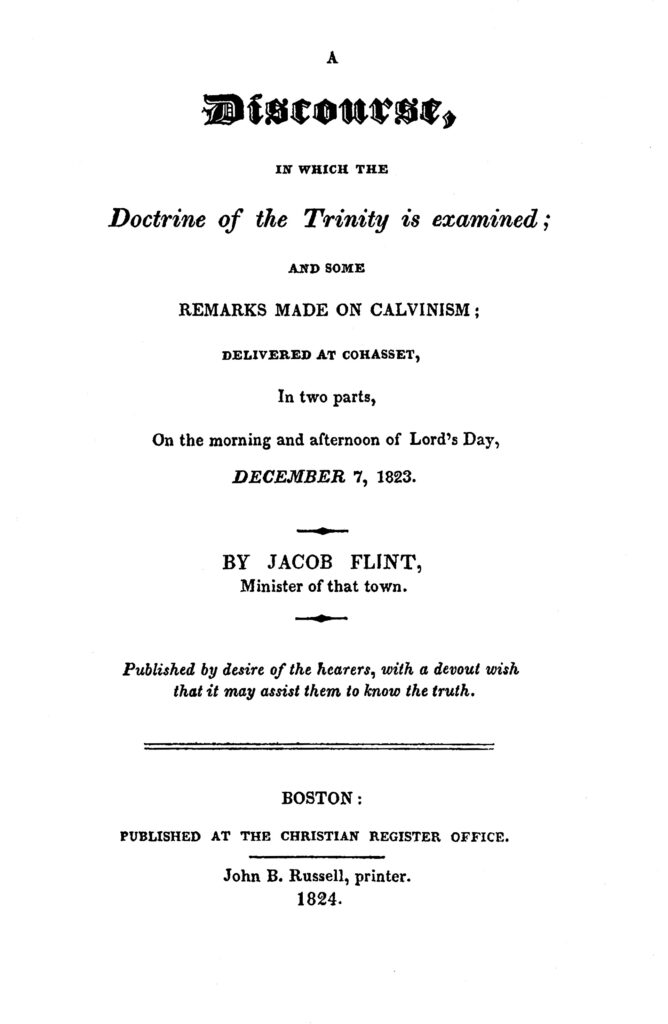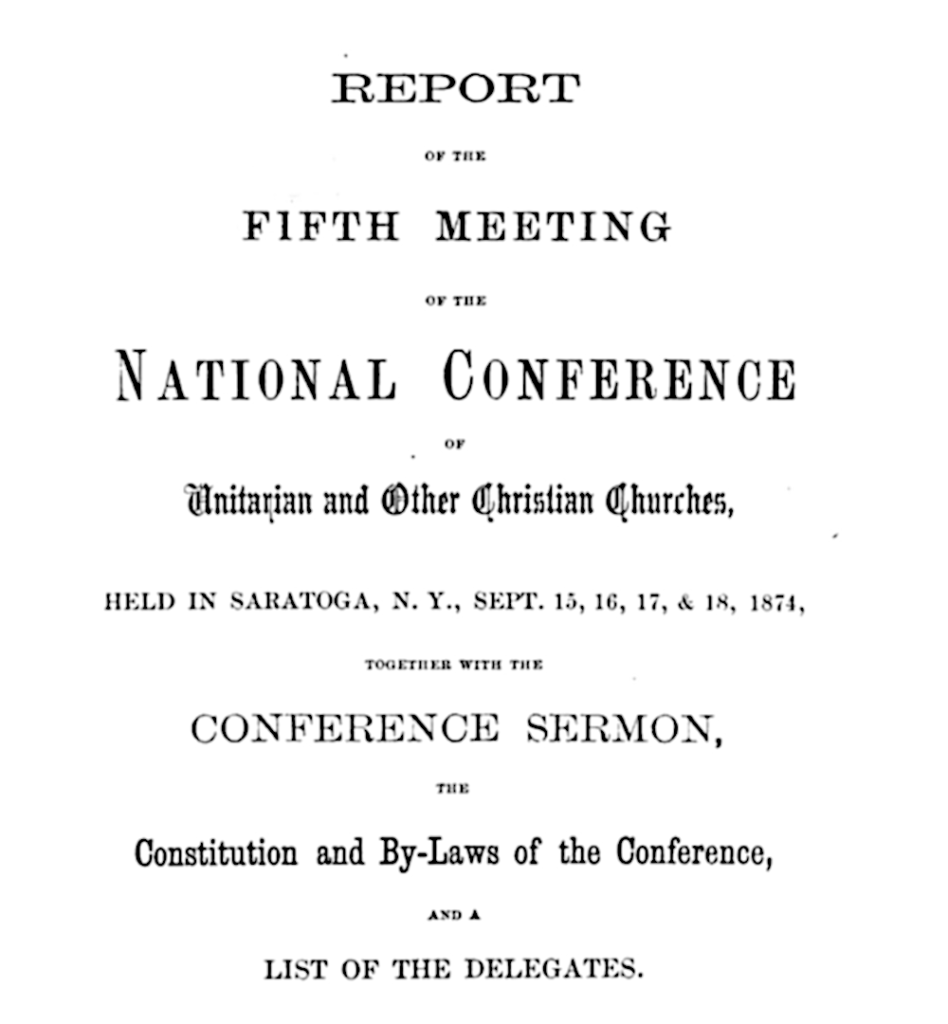Unitarian Universalists talk a lot about “covenant.” We didn’t used to talk about covenant. As near as I can tell, our mild obsession with covenant came about during the merger of the Unitarians and the Universalists, a process which began in the 1950s and continued for years after the legal consolidation of the two groups in 1961. We were thrashing about trying to find something that held us together. The Universalist professions of faith weren’t acceptable to the Unitarians, and the Unitarian affirmations of faith (like James Freeman Clarke’s Five Points of the New Theology) weren’t acceptable to the Universalists.
Two Unitarian scholars, James Luther Adams and Conrad Wright, had long been talking about the importance of covenant to their Unitarian tradition. Wright was a historian who interpreted the entire history of Unitarianism in the United States as centering around covenant. This was a problematic interpretation, since by the early twentieth century many Unitarian congregations didn’t have written covenants. I’m not sure, but Wright may have felt that the Unitarians kind of forgot covenant, and that forgetfulness led to the decline of Unitarianism in the 1930s. In any case, he saw the re-establishment of covenant as central to the revitalization of Unitarianism in the mid to late twentieth century.
Wright continued to trumpet covenant after consolidation with the Universalists. While his primary area of expertise was in Unitarian history, he dipped into Universalist history and claimed to find that the Universalists were pretty much like the Unitarians when it came to congregational polity and the centrality of covenant.
I don’t find Wright’s interpretation of the historical facts to be terribly convincing. Covenant was in fact central to most Unitarian congregations that began life as Puritan churches in New England. Covenant was also important to some nineteenth century Unitarian churches which had been founded by New England settlers moving west. But in my research in the archives of local congregations, covenant becomes less important as an organizing principle beginning in the nineteenth century and through the early to mid-twentieth century.
In many eighteenth century New England congregations, there were two parallel organizations, the church and the society. The society owned the real property and managed the finances; the church consisted of the people who signed the church covenant and stood up in front of the congregation and confessed their sins. Membership in the society was typically through buying a pew and contributing annual rental for your pew (often restricted to males, since there were legal limitations about females owning property), and generally speaking only males could take on leadership roles in the society. It appears that on average significantly more women than men signed the covenant to become a part of the church. People of African or Native descent could join the church, but may have been barred from owning pews or serving in leadership roles in the society.
Thus the entire system of covenant was bound up with discriminatory distinctions between males and females, and between persons of European descent as opposed to persons of African or Native descent. Nor is this an accident. Covenant in the New England Puritan tradition was a means for upholding a theocracy that placed white males at the top of the social hierarchy (note that I’m being sloppy here by including the Pilgrims in the umbrella term “Puritan”). Today, some might call this racism or white supremacy, though some historians would argue that these are anachronistic concepts when applied to the seventeenth and eighteenth centuries; a better way to put this is to simply say that the New England Puritan tradition was inextricably linked to enslaving people of African and Native descent. On the other hand, we can say with some certainty that this Puritan social hierarchy was patriarchal and sexist. In addition, Puritan theocracy was also tied in with the larger project of British colonialism; not quite as blatantly as in the resource-extraction economies of the southern plantation colonies, but the British empire clearly say the value of exporting religious dissidents to “tame the wilderness” thus opening up the area to somewhat “softer” economic exploitation by the empire.
In short, covenant was bound up with patriarchy, colonialism, and slavery. This is not to say that covenant is forever tainted by its origins. But these are parts of the story that Conrad Wright passes over. If we’re going to put covenant at the center of our religious tradition, at the very least we need to acknowledge that covenants were part of a theocratic political structure that was rooted in the oppression of the majority of people in the society.
During the nineteenth and early twentieth centuries, the distinction between society and church seems to have slowly been forgotten; along the way, covenants often seem to have disappeared as well. So, for example, when I was doing research for the 300th anniversary of the Unitarian church in New Bedford, Mass., I found evidence for the existence of a covenant in the congregation’s eighteenth century archives, now stored at the New Bedford Whaling Museum. By the late nineteenth century, during the long ministry of William Potter, one of the leaders of the Free Religious Association, I found no evidence for the existence of a covenant. The distinction between society and church continued into the 1940s, since the ministers were not allowed to attend the annual meeting of the congregation — it appears that in the eighteenth century the minister was charged with oversight of the church, the lay leaders with oversight of the society — but with the end of pew ownership in the 1940s, that distinction finally dissolved. By the early twenty-first century, there was no distinction between church and society, or more precisely the church withered away leaving only the society.
In another congregation I researched, the Unitarian church in Palo Alto, Calif., which existed from 1905 to 1934, I found no evidence at all for the existence of a covenant. From the research I’ve done in local congregational archives, I’ve mostly found no evidence for a covenant in the early twentieth century. The only exception is the Unitarian Society of Geneva, Ill., which still maintains the covenant originally written and signed by the founders of that church — who were all emigrants from New England to what was then the frontier. That covenant was substantially revised circa 1900, to shorten it, and to remove all mentions of God or the Bible. The church almost went moribund in the early twentieth century, until Charles Lyttle, professor of church history at Meadville Lombard Theological School, stepped in to rebuild the church for use as a training congregation for his Unitarian theological students. Perhaps it is due in part to Lyttle’s academic influence that the Geneva covenant remained active (and one wonders if the historian Charles Lyttle helped draw the attention of the later historian Conrad Wright to covenant).
Thus covenant appears to have mostly disappeared from Unitarian congregations in the nineteenth century. But Conrad Wright also argued that Unitarian churches were bound to each other through congregational polity, which was another sort of covenant. The most important document here was the Cambridge Platform, a seventeenth century Puritan document that outlined how Puritan churches were supposed to relate to one another. The Cambridge Platform looked to the Bible as revealed scripture (the Word of God) to determine how churches related one to another. The Cambridge Platform was outdated almost as soon as it was written — it called for every church to support both a preaching minister and a teaching minister, which proved to be economically impossible — but it also simply didn’t apply to some Unitarian congregations.
Take, for example, King’s Chapel in Boston, which became Unitarian in 1785. It was originally affiliated with the Church of England, but became independent during the American Revolution; at which point, it removed all references to the trinity from its Book of Common Prayer, and became Unitarian in theology. King’s Chapel came from a tradition of episcopal polity, and the Cambridge Platform formed no part of its history until, at the earliest, it affiliated with the American Unitarian Association sometime after 1825. Or take the Icelandic Unitarian churches of Canada, which came out of Lutheranism, another religious tradition based on episcopal polity. Perhaps we could argue that the Unitarian tradition of covenant in North America is syncretic, taking in various influences, and transmogrifying them.
But I think it’s more accurate to say that twentieth century Unitarian covenant was something that Conrad Wright made up, using historical materials. Covenant is not an old tradition among us, it’s a newly made-up tradition. That being the case, I’m not sure I want to use a made-up kind of covenant based on Puritan theocratic patriarchal concepts rooted in colonialism and slavery.
Furthermore, as someone who thinks of myself as more of a Universalist than a Unitarian, I’m trying to figure out why we should use a made-up kind of covenant that pretty much ignores Universalism. Conrad Wright did extensive research in Unitarian covenant, but it’s clear from his writings that his knowledge of Universalist history was not very deep. James Luther Adams, the other co-creator of twentieth century Unitarian covenant, knew his Unitarian tradition quite well but did not know Universalism nearly as well.
Whether or not the Unitarians were always actually unified by covenant (or if it was something that Adams and Wright invented in the mid-twentieth century), it’s quite obvious that the Universalists were not unified by covenant. The Universalists were unified by a common theology of universal salvation, which was expressed in affirmations of faith. Because the Universalists differed so radically in the details of their universalist theologies, their affirmations of faith had to be very broad, and mostly were quite brief. Unitarian documents, such as church covenants and the Cambridge Platform, tended to be quite wordy — the Cambridge Platform fills up a small book — but the Universalists’ “Winchester Profession” of 1803 comes in at fewer than 100 words. Not that the Winchester Profession, or any later profession of faith, actually served to unify the Universalists; they’ve been an almost anarchistic group from the start; the point is that they did not have covenants in the way Unitarians had covenants. Thus the concept of covenant, as promoted by Adams and Wright, was a Unitarian thing, but it was not important to Universalism.
My point here is to deconstruct “covenant.” More on this tomorrow….




